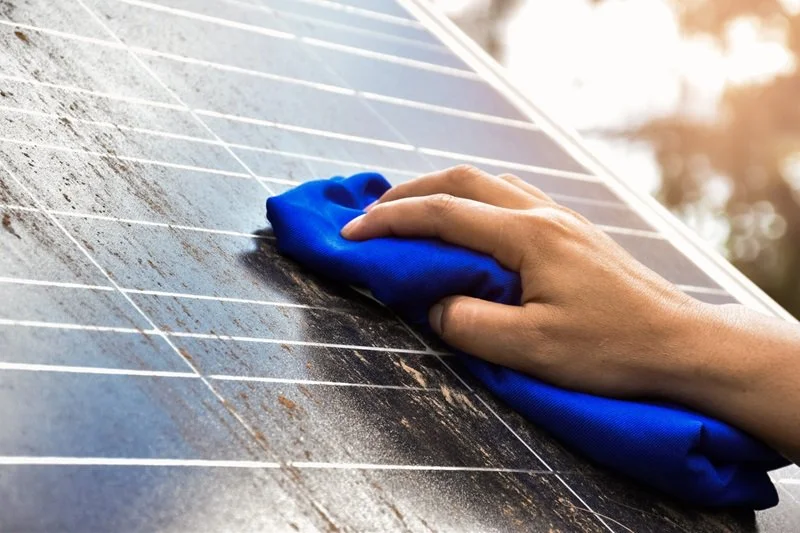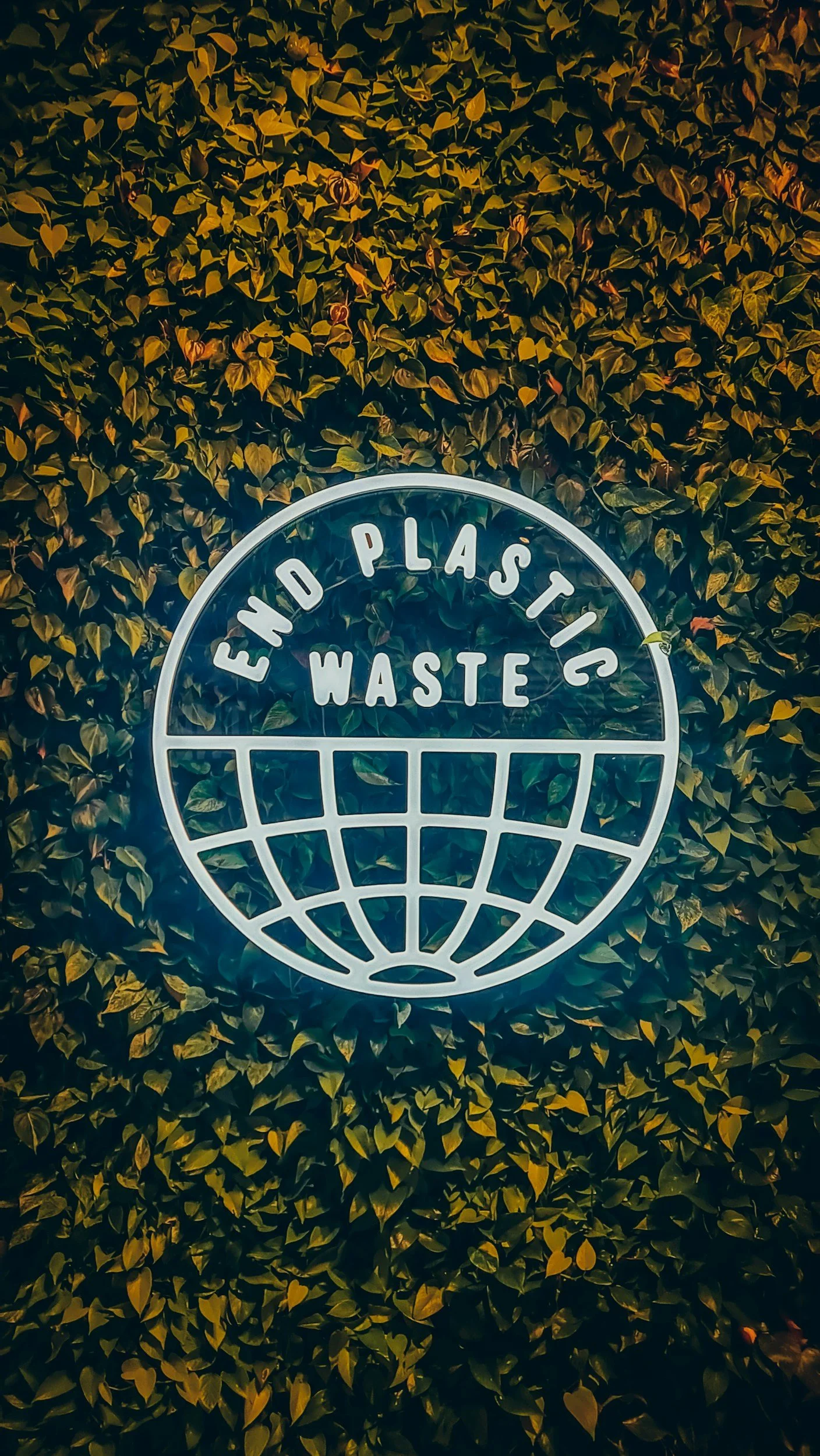How is formaldehyde exposure affecting your health?
/Back in 2015, a predictable public outrage and panic followed the "60 Minutes" report that blamed Lumber Liquidators for offering laminate flooring, manufactured in China, that was tainted with larger-than-permitted levels of formaldehyde. The company immediately went into damage control mode, offering buyers free home air quality test kits among other things. Many people who purchased the tainted products wondered whether the flooring had already done irreparable harm to their health.
Formaldehyde is a known cancer-causing agent, and little bodies (which may like to squirm and crawl or lay on the floor) are especially vulnerable to its toxic effects. In fact, you and your children have probably been exposed to formaldehyde already, through the ordinary essential things that are in or on your house, or on your body. But what effect does formaldehyde really have on human health?
Formaldehyde is one of the toxic chemicals I wrote about in the first book of the Green Guidebooks series, The Little Guidebook for Green Moms & Dads: how daily exposure to chemical toxins is hurting your kids (and what you can do about it). In fact, the chapter on formaldehyde also deals with formaldehyde releasers, which emit formaldehyde as a result of decomposition, or as a by-product of chemicals produced or synthesized from formaldehyde. Formaldehyde itself is probably best known as an ingredient in embalming fluid. Anyone who has had to dissect an animal in biology class would be familiar with that smell and may even have experienced a visceral reaction to it.
Formaldehyde: where does it come from?
Formaldehyde is not entirely synthetic: it also occurs naturally, as a by-product of combustion and other natural processes. Commonly found in the natural environment, it is produced by plants, animals, and humans in small quantities and may be found indoors and outdoors in significant concentrations. It is colorless at room temperature and has a strong, unmistakable smell.
In its synthetic form, formaldehyde has many commercial and industri
al uses.
What is Formaldehyde used for?
Formaldehyde-based adhesives have become increasingly popular over the last few years. Plywood, furniture, and automotive interior designs are among the most common applications for wood veneers. Formaldehyde is widely used in industry for various purposes including coating, painting, and sealing.
Formaldehyde has also long been used to preserve wooden products such as plywoods, particle boards, and hardboards. As a result, formaldehyde is found in in building materials (like the pressed wood products that may have been used to build your house), many household products, some keratin hair-straightening treatments (such as the Brazilian Blowout) and even in children's clothing.
Formaldehyde is even found in some of the vaccines you or your children might have had, although it is not an ingredient in the main COVID-19 vaccines manufactured by Moderna, Pfizer, and Johnson & Johnson. Finally, formaldehyde and formaldehyde releaser chemicals are found in many of the personal care products we use daily. Because it's usually a by-product of another chemical that's added to the product, formaldehyde itself isn't actually listed as an ingredient.
If you see ingredients like DMDM hydantoin and 1,4 dioxane in your shampoo, lotion, sunscreen, cosmetics, baby products, or any other personal care products, they most likely release formaldehyde. The same is true, though slightly less likely, with ingredients like formalin, formalith, methanol, methylene glycol, paraform, BFV, and several others. Here's a simple test you can do at home or when you go shopping: download the printable “cheat sheet” from our library of free resources (access to our library requires a sign up), then compare the ingredients listed under “formaldehyde & formaldehyde releasers”. You may be surprised to find out how many products contain this chemical.
How are we being exposed to formaldehyde?
Formaldehyde is normally found indoors and outdoors at low levels, usually under 0.03 parts per million (ppm). Formaldehydes can be released from materials containing them, particularly if they come into contact with water. One source of formaldehydes in the air is car exhaust fumes. Other sources not already mentioned include cigarette smoke, unvented heating devices (such as wood burning stoves, gas stoves and kerosene heaters).
Formaldehyde exposure depends on several factors, such as the kind of material you're working on or with, the duration of your exposure, and the concentration of the chemical in the environment around you. For example, if you work with wood for only one hour per day, you could be exposed to less than 1 part per million (ppm). If you work with wood for eight hours per day, you could potentially be exposed to more than 8 ppm.
The Environmental Protection Agency (EPA) recommends that workers wear respirators when they are exposed to formaldehyde at levels above 0.1 ppm. This level can be reached in a typical office setting during normal operations. However, this recommendation applies only to short-term exposures; the US Environmental Protection Agency (EPA) says there is no safe exposure limit for chronic low-level exposures. If you have asthma, allergies, or other respiratory conditions, you should take special precautions to avoid breathing formaldehyde fumes.
How much formaldehyde do I need to worry about?
So how worried should you be about formaldehyde exposure? The answer is not that simple. It's both “a lot” and “not that much”.
On one hand, lowered limits for indoor air exposure have led to steady reductions in the amount of formaldehyde being emitted from building materials (including wood) and household products over time. On the other hand, concentrations of formaldehyde in outdoor air have risen over time. This is especially the case in high-traffic metro areas. An increasing use of biofuels and denser traffic, especially where these combine with high temperatures, are contributing greatly to the increase of formaldehyde outdoors. This trend is not being well monitored, and therefore, is not well regulated.
According to the American Cancer Society, there is evidence that formaldehyde causes cancer in rats. In human subjects the evidence is mixed: acute exposure by those who regularly come into contact with formaldehyde (such as embalmers) is linked with cancer, and inhaling formaldehyde on a regular or semi-regular basis (such as through professional keratin hair treatments) has been linked with a form of nasal cancer as well as increased risk for leukemia in humans. However, since personal care products may contain such a low level of formaldehyde or formaldehyde-releasing chemicals, the effects of these products on human health is assumed to be minimal. The Environmental Protection Agency (EPA) classifies formaldehyde as a probable carcinogen. According to the EPA's Integrated Risk Information System (IRIS), formaldehyde causes cancer in laboratory animals at high doses. However, the agency notes that there is no evidence that low levels of exposure cause cancer in humans.
The available evidence strongly suggests that the human health effects of formaldehyde exposure from personal care products are less well known, in part because according to David Andrews, a senior scientist with the Environmental Group, there is no pre-market safety testing of these products. There are many alarmists out there who would tell you that using products that contain ingredients that release formaldehyde puts you at risk for cancer. This is not exactly true: using a single product that contains formaldehyde-releasing ingredients does not significantly increase your risk of cancer.
However, should you avoid using products that contain formaldehyde or formaldehyde releasers?
like this? Please pin!
Think of this: our multiple-times-daily exposure to harmful chemicals (including formaldehyde releasers) in the majority of the personal care products we use means that the human body is not able to excrete (i.e., get rid of) these toxins completely. Unless you are using eco-friendly products almost exclusively, you are being exposed to formaldehyde and other harmful chemicals on a regular basis. Even those of us who do switch to eco-friendly personal care products are exposed, albeit to a lesser extent, to harmful chemicals that have been positively linked with all kinds of ailments, from nervous system disorders to infertility to ADD to end-stage ailments like cardiovascular disease.
What Can I do to Reduce My Exposure?
Although we are all being exposed to harmful chemicals on a daily basis, and the third-party scientific evidence strongly suggests that many of these chemicals are having adverse health effects on the human body, especially over time, you can take steps to reduce your exposure. Here are some tips:
Use only eco-friendly products with natural ingredients. Natural ingredients are generally safer than their synthetic counterparts, but they also tend to cost more.
Avoid products containing formaldehyde or formaldehyde releasers.
Want to find out more about how to reduce your exposure to formaldehyde and other harmful chemicals? The Little Guidebook for Green Moms and Dads can help (even if you're not a mom or dad), and the ebook is free if you're a member of Kindle Unlimited.











































If you’re living in the United States, you’re likely to be eating food that contains chemicals that have been banned in Europe and other parts of the world. This is true even if you follow a “healthy” diet. Food safety regulations differ globally, but generally speaking, the European Food Safety Authority (EFSA) is a lot more cautious than the United States Department of Agriculture (USDA) and Food and Drug Administration (FDA) when it comes to approving chemicals for human consumption.